List of 33 tribes of Manipur State.
Aimol Tribe Of Manipur:
The Aimol settled at Aimol Khullen in Chandel District and at Kha-Aimol close to Loktak Lake and different places within the Senapati district of Manipur state in India. They belong to a Scheduled tribe. They speak the Aimol language that could be a Tibeto-Burman. Most of the Aimols are converted to Christianity. It's additionally believed that some migrated in Mizoram and Tripura. The word Aimol suggests that "mountain of crabs" (ai=crab; mol=mountain). Thus, their legend believes that they came out of the mountain just like the mountain crabs.
Anal Tribe Of Manipur:
The Anal is one of the oldest inhabitants of the Southern state hills at Tengnoupal district in Manipur state. The Anal is recognized as a tribe since 1951 and they belong to 33 tribes in Manipur. Throughout the migration, they were split to Anal, Lamkang, Moyon, and Monsang tribes. Anal is taken into account to be one among the oldest Kuki tribes of the state and belong to the Sino-Tibetan family. They currently determine themselves as a Naga tribe and are listed as ST (Schedule Tribe). Their cultural life is made and preserved in ancient folklore and folk songs. The festivals embrace "Akam" performed to invoke divine blessings. Kamdon dance is performed throughout the Akam festival.
Chiru Tribe Of Manipur:
The Chiru is found in Senapati, Tamenglong and Bishnupur districts of Manipur state. Their manners, customs, and language seem to spot with Kamarupan origin, however, their physique, habits, hairstyle, and bachelors' are similar to Naga means of life. The word Chiru suggests that 'the seed of a plant'. Chiru tribe have adopted farming as their major profession. People of the Chiru social group community conjointly show nice acquirement within the field of weaving and trade in an exceeding shell, Chiru tribe has greatly contributed in enriching the cultural quality of Manipur state in North East of India.
Chothe Tribe Of Manipur:
Historians describe the Chothe as Purums as they settled at an area referred to as Purum in Chandel District. The term Chothe derives from Kachohte assuming to bring or to carry a boy. They settled permanently in ten villages at Chandel district. The men build baskets of bamboos and therefore the womenfolk collect fire woods from the jungles then sell their product in Pallel, Tengnoupal, Kakching, and Imphal to fulfill their daily desires. They cannot afford education for his or her kids, nor will they afford a healthy diet and dresses. High school graduates are rare and therefore the government faculties established close to their villages don't seem to be functioning any longer since there are not any lecturers. Inter-marriage with neighboring Nagas have created smart alliances with them and that they determine themselves with the Nagas. Dance and Music are their cultural life each in spiritual and recreational events.
Gangte Tribe Of Manipur:
The Gangte could be a major Kuki tribe of Manipur. The Paite, Vaiphei, and Thadou consider them Gangte, however, Mizos consider them Rangte. They believe the emergence of the progenitors from the subterranean world through a cave referred to as khul. They settled within the districts of Tamenglong. Appeasement of the village supernatural being was associate degree annual feature before they reborn to Christianity. They share folk songs, folktales, and dances with communities like Paite, Zou, Thadou, and Vaiphei. The traditional festivals of the Gangtes are Chapchal Kut, Chavang Kut, Mim Kut, and Gahmasa Kut.
Hmar Tribe Of Manipur:
Hmar belonged to the Mizo cluster of tribes and they reside within the Churachandpur district of Manipur state and it’s near regions. Hmar tribe is additionally referred to as Mhar or Mar and recognized as Scheduled Tribe. The population of Hmars was 4,82,212 in thirty-five villages. They speak Hmar language and converse well in Meiteilon. They even have populations in Cachar, North Cachar, and Aizwal district of Mizoram. They’re one among the extremely educated Christian communities of state tribes.
Kabui Tribe Of Manipur:
Kabui is popularly known as the Rongmei, inhabit in the Tamenglong district of Manipur. A number of the Rongmei reside in the capital town of Manipur. They're additionally found within the mountain ranges areas of Nagaland and Manipur. Kabui belongs to the Tibeto-Burman family of the Mongoloid race. They're divided into four clans: Kamai, Gangmai, Golmai and Langmai. Their language is Kabui. Agriculture and Fishing are their main occupation. Weaving is the main occupation among the ladies.
Kharam Tribe Of Manipur:
The history of Kharam origin is shrouded in mysteries. They do not have any piece of writing to support their history however the songs, folktales, and story is passed on to generation to generation. The word Kharam believes to derive from the words khwa ram that is translated as "That land". The Kharam are scattered within 7 villages of Manipur. And Among that the Kharam Pallen Village is the main village. They're recognized as a Scheduled Tribe and most of the Kharams are already converted into Christians. Their varied clans namely: Shaichal, Rangla (Khouchung and khounoi), Thanjol, Mariem, Saiphu, Keilaam, Seilon, Makan, Rakhou, Jaiche, Inthiet and Neisaam.
Koirao Tribe Of Manipur:
Koiraos inhabit the mountain ranges within the south of the Mao and Maram, however, this cluster group is additionally called Thangal. They're found in nine hill villages of Sadar Hill areas of Senapati District, Mapao Thangal, Thangal Surung, Makeng Thangal, Tumnou, Pokpi, Yaikongpou, Tikhulen and Ningthoubam. The major occupation of the Koirao tribes is agriculture and farming. The Koirao literacy rate is quite high. Womenfolk are also engaged in varied bungalow industries particularly weaving. Favorite Festival is Linhut tangnit (Seed sowing festival), in conjunction with Christian festivals.
Koireng Tribe Of Manipur:
The Koirengs believe that they originated from a cave. Pathian is believed to be their supreme God before Christianity. Koireng folks are one of the various endemic peoples inhabiting Manipur in North-East, India. Imphal, Iril and Maklang rivers run through their villages. The standing of ladies is comparatively high because of their participating in economic activities. They have a shared common ancestry, traditional knowledge, cultural traits, history and dialects with their kindred folks like Aimol, Biate, Kom, Molsom, Purum, Ranglong and Thikhup.
Kom Tribe Of Manipur:
Koms are found within the North East states of Manipur and Tripura. The bulk of the Kom population resides in Manipur. The Koms believe that their ancestors came from the cave. Their population was 14,602 in twenty-two villages. Most of the villages are scattered within the Churachandpur, Tengnoupal and Senapati districts. Their language is similar and recognized by the Koireng, Aimol and Chiru. They have a close relationship with the Hmar. Christianity is their main spiritual follow of Kom tribes, there are also non- Christians among the Kom tribes that believe Pathen, the supreme god and Lengjai. Major festivals of Koms are Seling, Hlungphun, Belam and Lamkut. Cheiraoba is their New Year Festival.
Lamkang Tribe Of Manipur:
Lamkang is one among the oldest 19 Naga tribes living in Manipur, India. They settle largely within the Southern part of Manipur in the district of Chandel close to Chakpikarong, Kakching Khunou and scattered in twenty-four villages. The population of Lamkang was 40,000 and recognized as a Scheduled tribe (ST). They speak Lamkang non-standard speech that belongs to Tibeto-Burman cluster of Language.
Mao Tribe Of Manipur:
Mao plays an important role in the history of migration and dispersion of the Nagas, they still play a vital role within the politics of the Nagas. The Maos inhibit the Hill ranges to the intense north of Manipur state. The Mao is also known as "Memei" or "Ememei". They actively participate in politics at Imphal and several other professionals, doctors and engineers embark of this tribe. Their population was 1,16,374 and majority of the Mao Naga are Christians. The Maos communicate ‘Mao’ or ‘Emela’ language belong to Sino-Tibetan. National highway 2 pass through the Mao inhabited the area and is additionally a poster center, station for tourists, buses, trucks and business.
Maram Tribe Of Manipur:
Maram is among the Naga tribe of North East, Manipur state, India. The Marams occupy an oversized portion of Senapati district of the state. Maram villages are scattered in thirty villages within the Senapati District, the Maram Khullen was the biggest village of Maram, followed by Willong. They know themselves as Maram-mei (people of Maram). The Barak watercourse runs through their territory. They are a very similarity with the Angami, Koireng and Maos. Maram celebrates around twenty festivals a year but Kanghi, Ponghi, and Rakak are the most feted festivals.
Maring Tribe Of Manipur:
Maring is largely inhabiting within the Tengnoupal subdivision in Chandel District of Manipur state, however additionally found scattered in different Districts like Senapati, Ukhrul, Churachandpur, Tamenglong, Thoubal, Imphal East, and Imphal West, etc. The term "Maring" springs from the word "Meiring" or "Meiringba" the word "Mei" stands for "fire" and "ring" stands for "alive" which implies "the people that keep fires alive" Meitei kings trusted them throughout wars with neighbors. The village of Machi is thought to be their original place, which is that the center of the Black Marings. Their language is similar to the Kuki branch of Sino-Tibetan family though they're related to the Nagas.
Meitei Tribe Of Manipur:
The Meiteis are distributed throughout the Manipur valley, they primarily settle within the central plain region of the state. They dissent culturally from the encompassing hill tribes by following Hindu customs. The Lai Haraoba and Khamba Thoibi Dances are in style. Meitei Martial arts - Thang tantalum - has recently been recognized mutually of the kinds of International Marital arts by the International Martial communities. Since Meiteis are the dominant community, economically and culturally, Meiteilon (Meitei language) has become to be referred to as Manipuri once the name Manipur was introduced. The Meitei ladies management the markets and trades for ancient clothing and vegetables in Ima Market, the biggest and solely Women's market of its own kind.
Monsang Tribe Of Manipur:
Monsang lives largely within the Chandel District in 5 villages particularly Liwachaning, Heibunglok, Liwa Sarei, Japhou, and Monsang Pantha that lies within the south-eastern part of Manipur. Monsangs were originally referred to as 'Sirti'. Sirti comes from the word 'Ati' which means 'south'. They have their own distinct culture and tradition and are peaceful folks. The Monsangs are available regular contact with different communities through economic activities mainly at Pallel, Chandel, Kakching and Imphal.
Moyon Tribe Of Manipur:
The Moyon themselves referred to as Bujuur. The popular legend depicts that the ancestors of those Moyon tribes reduced from a cave that's located at Sijjur. Some individual’s claim that they need arrived from another cave named Khur or Khul. They inhabited fourteen villages in Chandel district and their name derives from one among the villages referred to as Moyon Khullen. Their name is found within the royal Chronicles as way as 1580 AD admire Mongyamba's time. The Meitei King defeated the Moyon Chiefs and he was referred to as Moyon Ngamba or Mongyamba. Among numerous native festivals that these Moyon tribes celebrate in nice splendor, Sachii ichii and Buren Iimpeh need to be mentioned. Sachii ichii is the sowing festival of this social group community, whereas Buren Iimpeh is a special festival of harvest.
Paite Tribe Of Manipur:
The Paite have their own culture, tradition, custom and language living in Churachandpur district alongside Thadou, Vaiphei, Hmar and Gangte. They were referred to as Chin-Kuki cluster hails from the Sino-Tibetan language family. At present, they decide themselves as Paite and affiliate to Zomi denomination. The word paite suggests that "a cluster of individuals march". They adopted Christianity within the nineteenth century with the intrusion of British missionaries. Folksongs and folktales involving daily life and culture of the people are orally responded to generations.
Poumai Tribe Of Manipur:
The Poumai is geographically set in Manipur and Phek district in Nagaland. It is one of the oldest and major tribes among the Naga tribe. The word Poumai springs from 2 word "Pou" means ascendent and "Mai" means the descendants of "Pou" which referred to as Poumai. PAO, MEO and LEO are the descendants of POU. The whole Poumai community is splited into 3 circles as: Chilliive, Lepaona and Pomata. The Poumai is taken into account a very important tribe since times immemorial. The folks are famous for bravery, fidelity and knowledge. The language spoken by the Poumai is termed Poula and majority of Poumai normally follow Christianity.
Purum Tribe Of Manipur:
The initial home of the Purum is believed to be within the Lushai Hills. With respect to the origin of the Purum, their traditions state that they emerged from a subterranean region close to Imphal. The name "Purum" would possibly mean "hide from tiger". The Purums are divided into 5 sub tribe: Kheyang, Makan, Marrim, Parpa and Thao. They are settled in four villages: Purum Changninglong, Purum Chumbang, Purum Khulen and Purum Tampak.
Raltes Tribe Of Manipur:
The Raltes zealously maintained their individual identity and resisted absorption into the folds of the Lushais. As of these days, most Ralte clans don't specify their tribe and persevere with Ralte, which makes them the foremost thickly settled cluster of clans in Mizo society. Ralte men are deliberate to be the foremost handsome in Mizo society. The Raltes chiefly divided themselves into four clans specifically – Kawlni, Khelte, Lelhchhun and Siakeng.
Sema Tribe Of Manipur:
The word "Sema" originates from 'Sumi'. They live in a sub-division beneath Tinsukia District of Manipur state. Semas are hospitable, generous and regularly improvident. The most occupation of the Sema tribe is cultivation and weaving. The Sema tribe celebrates several festivals, which are carried down from generations. Most of those festivals sometimes mark the start of recent seasons or recent harvest crops or war ending. The 2 major festivals presently widespread among them are: Ahuna - A post-harvest festival and Tuluni, additionally known as "Anni" - A festival of plentiful crops.
Simte Tribe:
The Simte are among the Kuki tribe in Northeast, Manipur state of India. They're mainly inhabited within the southern part of the state of Manipur. The word "Sim" means South in their own language. Their main occupation is agriculture and weaving. Majority of the Simte are Christian. A significant variety is settled in neighboring states, i.e. Mizoram and Assam.
Thadou Tribe Of Manipur:
The Thadou tribe believed that Chongthu, a Chief of Thadou, emerged out from a cave referred to as "Chhinlung or Shinlung or Khul" the situation of that was believed to be somewhere in China, whereas others claimed it to be in Tibet. They're classified as a previous Kuki-Chin cluster by anthropologists. The Thadous are largely found in Sadar Hills, Churachandpur, Senapati, Ukhrul, Chandel and Jiribam. They're the biggest tribe in the state in line with state census 2011. The history of this community is found in oral traditions as well as traditional knowledge and folktales. They speak Thadou language and converse in Meiteilon with others. Basketry, weaving, poultry, and cane work are the major crafts of the Thadous though agriculture is that the main occupation of the many Thadous.
Tarao Tribe Of Manipur:
Tarao is minority community in Chandel district, Manipur, India. They speak Taraotrong and Taraos were additionally said as Kuki-Chin in earlier anthropology studies however currently they establish with the Nagas. They are mainly focused in four villages. Their main supply of a resource is cane, bamboo and mat-making. They're additionally concerned in cultivation works within the fields, farms and planting fruits like banana, pineapple, lemon, papaya, etc. Their land is taken into account to be one of the dirtiest villages in the state. They're additionally one of the tiniest tribes in the state.
Tangkhul Tribe Of Manipur:
The Tangkhuls inhabit the Indo-Burma border occupying the Ukhrul district in Manipur, India. They believe they migrated from Mekhel village in Senapati district like alternative Naga tribes. Tangkhul tribe is one of the first tribe to convert into Christianity in Manipur state. So, they were a lot of trendy and Western cultures than alternative tribes. Naturally, they became leaders and helped to establish faculties and churches. They're also one of the most educated tribes within the whole of Manipur region, quite a few of these social group folks pictured eminent posts of ministers and chief ministers even in the assembly, occupy the dignified offices of Indian Administrative Service (IAS), doctors, engineers and professors etc. If one makes a demographic count one can realize that Tangkhul tribes have the most range of pros in Manipur.
Vaiphei Tribe Of Manipur:
The Vaiphei inhabit the Churachandpur district in Manipur, they are additionally scattered within thirty villages. Their idiom is Vaiphei and slightly different from the Gangte, Zou and Paite. Their language is similar to Gangte however spell like Paite. The Vaiphei tribes have their own set of cultural and social traditions. The society is patricentric and patronymic in nature. A number of festivals also are celebrated by the Vaiphei tribe. The vital festivals are Islam Zubird, Thazinglam, Oa ai, Sa-ai, Bu-ai and lawm Zubird. The key economic supply is from agriculture and relies upon forest merchandise.
Zou Tribe Of Manipur:
The Zou folks or Zomi live on the brink of the Paites and have close similarities in language and habits. They also share several oral traditions, folklore, dance and music with Paites. The community inhabits in Churachandpur and Chandel districts of Manipur state in North East, India. They additionally claim to own originated from a cave or khul. The village administration is at the hands of the village chief. Their economy is low and largely rely upon agriculture and labor for tiny wages.
Zeme Tribe Of Manipur:
The Zeme is a cluster of Nagas, inhabit in Tamenglong of Manipur state in the Northeast, India. The Zemes have six clans – Napame, Heneume, Nkuame, Sogame, Nriame, and Pnma. The term Zainme suggests "individuals", however looking on what tribe you belong to will mean various things. A low section of the Zemes are converted to Christianity, the larger section still honor their ancient festivals connected with agricultural activities and different social establishments. They celebrate vital festivals throughout the year. Youth dormitories play a crucial role in celebrating their festivals such as – Heleibame, Siami, Fokfatmi, Sangbambe, Engkamngi and Kahagaba.
Zeliangrong Tribe Of Manipur:
The Zeliangrong in conjunction with different ethnic groups of Tibeto-Burman family from their original homeland South West China or North West China migrated to North East through varied routes in batches and at completely different periods. It's probable that they entered into Manipur through Myanmar. In Manipur, they initial settled at Makhel, migrated to completely different directions along with other Naga tribes. The Zeliangrong tribe is important native Naga communities living within the tri-junction of Assam, Nagaland and Manipur in India. The term "Zeliangrong" refers to the Rongmei, Zeme and Liangmai. They inhabit in Tamenglong, Sardar hills of Senapati, Churachanpur and Jiribam. They're thought of to be one among the foremost ability craftsmen of state. Facilities of treatment, education and employment programs have reached them well.




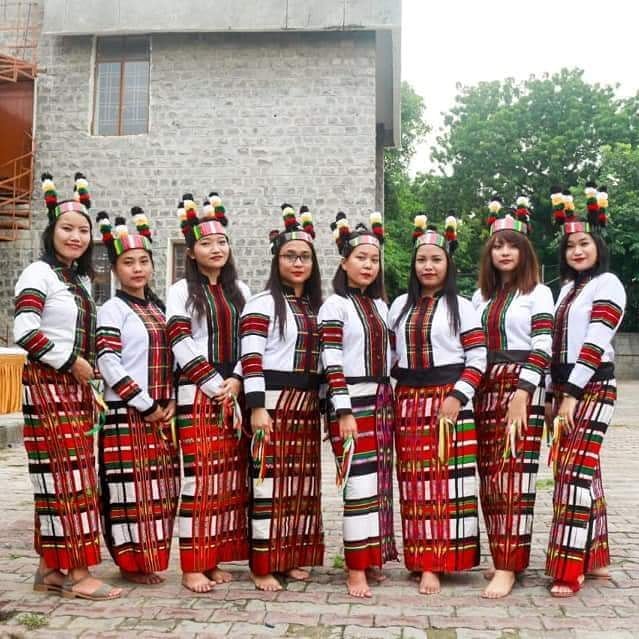




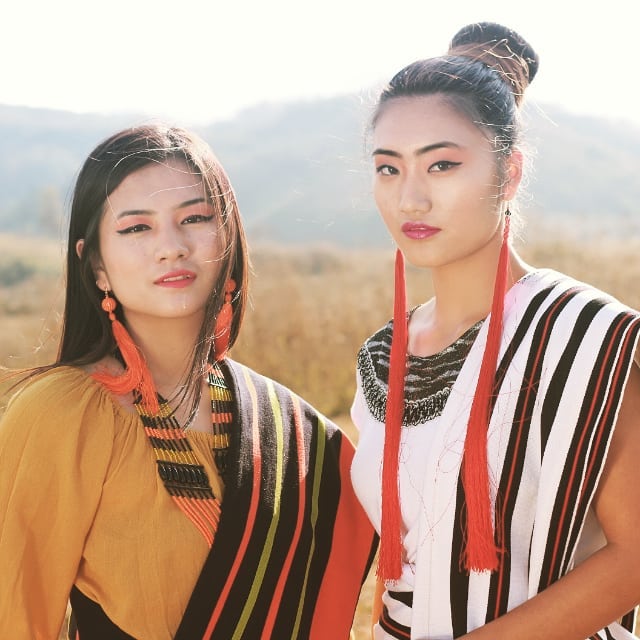
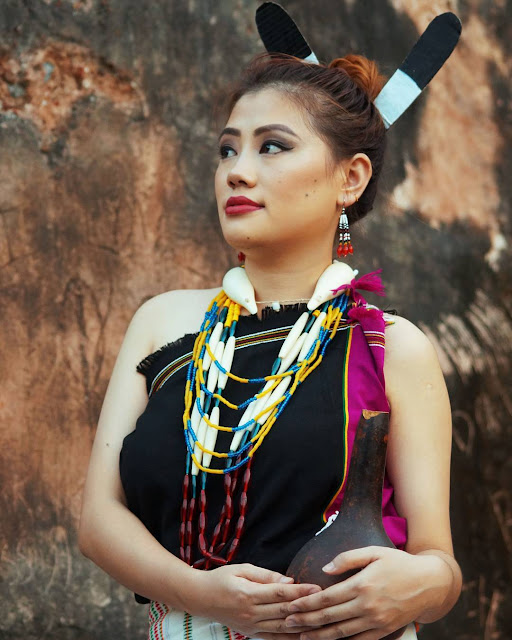
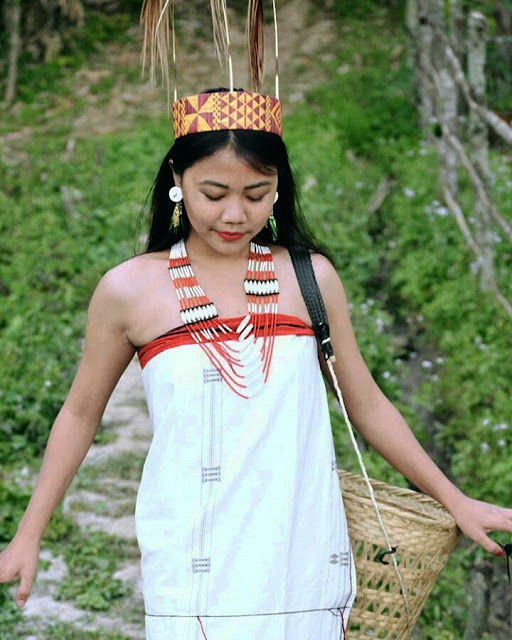



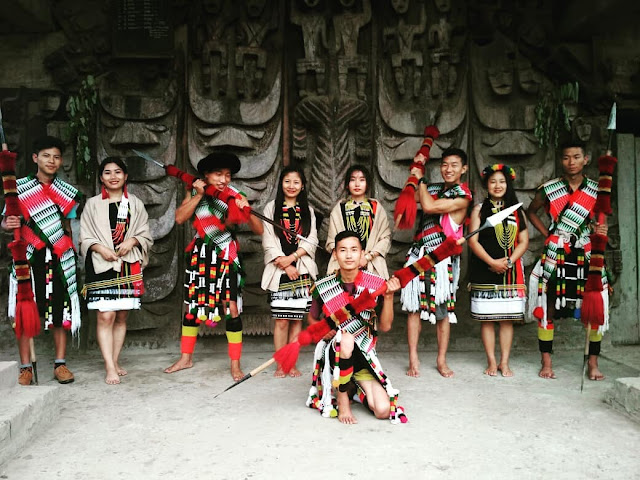





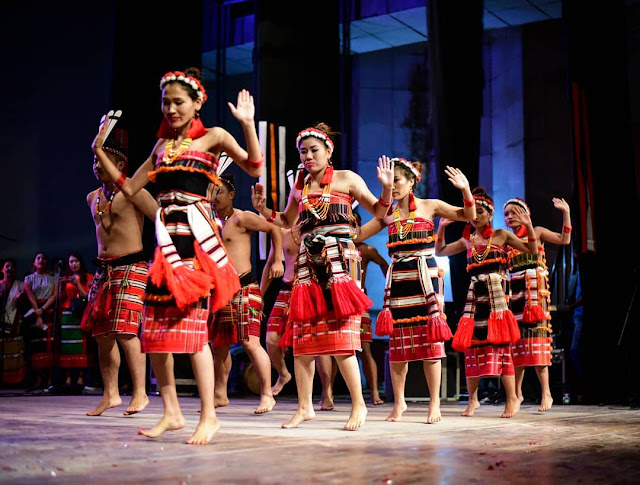
Do you need Personal Loan?
ReplyDeleteBusiness Cash Loan?
Unsecured Loan
Fast and Simple Loan?
Quick Application Process?
Approvals within 8-10 Hours?
Funding in less than 1 day?
Get unsecured working capital?
Contact Us At: standardonlineinvestment@gmail.com
LOAN SERVICES AVAILABLE INCLUDE:
================================
*Commercial Loans.
*Personal Loans.
*Business Loans.
*Investments Loans.
*Development Loans.
*Acquisition Loans .
*Construction loans.
*Credit Card Clearance Loan
*Debt Consolidation Loan
*Business Loans And many More:
LOAN APPLICATION FORM:
=================
Full Name:................
Loan Amount Needed:.
Purpose of loan:.......
Loan Duration:..
Gender:.............
Marital status:....
Location:..........
Home Address:..
City:............
Country:......
Phone:..........
Mobile / Cell:....
Occupation:......
Monthly Income:....Contact Us At: standardonlineinvestment@gmail.com
Thanks and look forward to your prompt reply.
Regards,
Muqse
Thnks for the information
ReplyDeleteDo you need Finance?
ReplyDeleteAre you looking for Finance?
Are you looking for a money to enlarge your business?
We help individuals and companies to obtain loan for business
expanding and to setup a new business ranging any amount. Get a loan at affordable interest rate of 3%, Do you need this cash/loan for business and to clear your bills? Then send us an email now for more information contact us now via Email:financialserviceoffer876@gmail.com whats-App +918929509036
Are you in need of Loan? Here all problem regarding Loans is solve between a short period of time what are you waiting for apply now and solve your problem or start a business with funds Contact us now. many more 2% interest rate.(Whats App) number +919394133968 patialalegitimate515@gmail.com
ReplyDeleteMr Sorina
You have given a very beautiful presentation Tribes of Manipur. Thank you so much for this wonderful article.
ReplyDeleteI have also written an article: National Parks and Wildlife Sanctuaries in Manipur
Such beautiful images. Need to know if I can paint one or a few in watercolor
ReplyDeleteGreat compilation...very informative
ReplyDeleteThank You and that i have a swell give: How Much Full House Renovation Cost home interior renovation
ReplyDeleteSema and Zeliang belongs to Naga Tribe .
ReplyDeletehi
DeleteFrom where can i get manipuri jewellery?
ReplyDelete